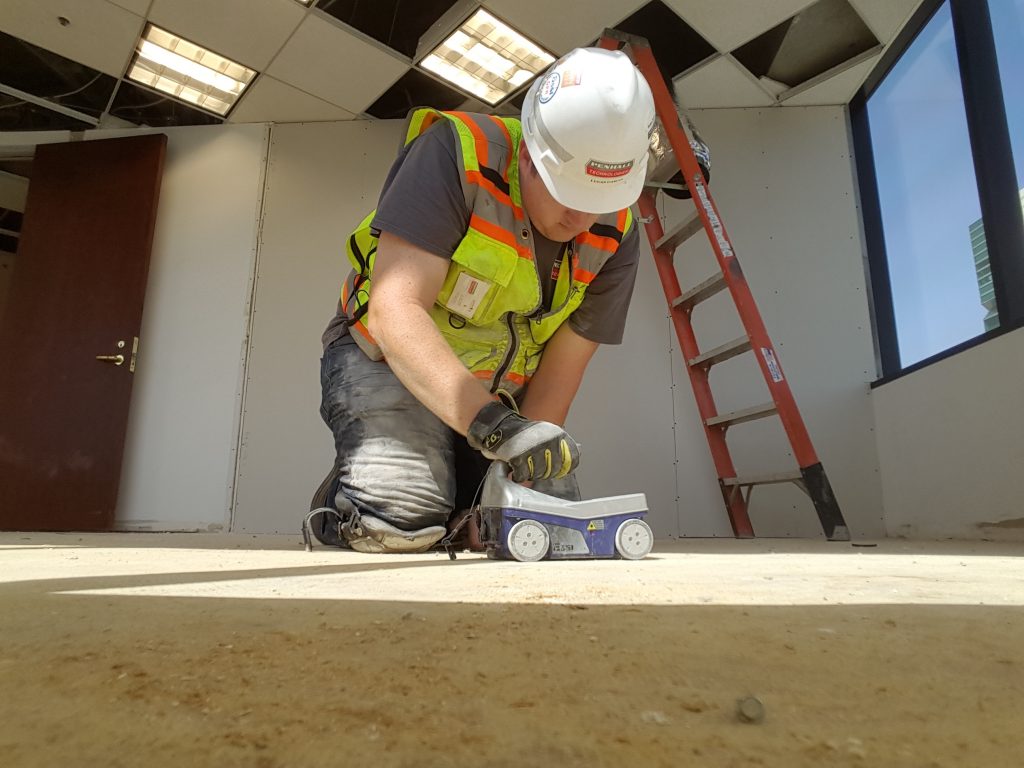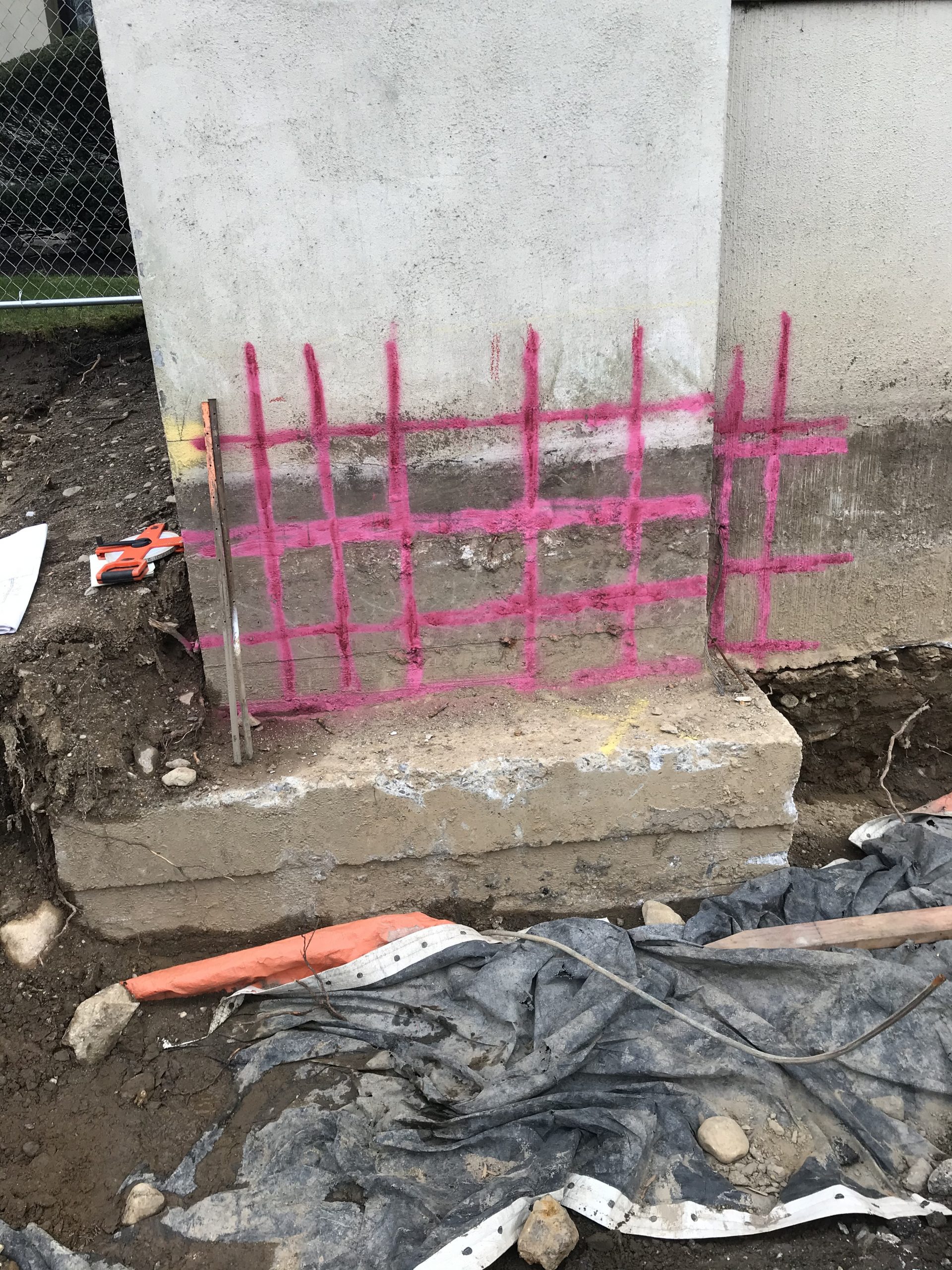Reliable Concrete Scanning Approaches for Construction Tasks
Reliable Concrete Scanning Approaches for Construction Tasks
Blog Article
Unveil the Transformative Power of Concrete Scanning in Maximizing Performance and Security
Concrete scanning has actually emerged as an important device in the construction sector, supplying exceptional benefits in enhancing task performance and making sure security requirements. The transformative power of concrete scanning lies in its ability to offer real-time data and in-depth insights, changing just how tasks are prepared and carried out.
Importance of Concrete Scanning
Guaranteeing the architectural stability and security of building jobs starts with the vital action of conducting complete concrete scanning. Concrete scanning is a non-destructive approach utilized to identify and map subsurface elements within concrete structures. This process is essential in identifying possible threats, such as rebar, post-tension cables, and channels, that may be concealed within the concrete. By utilizing innovative innovations like ground-penetrating radar (GPR) and electro-magnetic induction, building teams can precisely locate these components without triggering any damages to the structure.
In addition, concrete scanning helps in optimizing job timelines and budget by preventing unanticipated expenses and hold-ups that may arise due to unanticipated obstructions within the concrete. Ultimately, spending in thorough concrete scanning is an aggressive method that improves both efficiency and security in construction jobs.
Exactly How Concrete Scanning Works
Concrete scanning runs as a crucial device in building and construction jobs by using sophisticated technologies to identify and map subsurface aspects without creating structural damages. Ground Penetrating Radar (GPR) and Electromagnetic Induction (EMI) are 2 primary approaches utilized in concrete scanning.
Throughout the scanning procedure, the information collected is examined in real-time, allowing prompt identification of prospective threats or obstacles below the surface area. By employing these sophisticated modern technologies, concrete scanning dramatically reduces the danger of pricey damages and injuries on construction sites.
Benefits of Concrete Scanning
Making use of advanced scanning innovations in building jobs uses a wide variety of benefits, enhancing both efficiency and safety on-site. Among the key advantages of concrete scanning is the capability to identify and situate ingrained items such as rebar, post-tension cords, and channels properly. By recognizing these aspects before boring or cutting into concrete structures, the risk of unintended strikes is considerably reduced, preventing potential injuries to employees and damages to the structure itself. Additionally, concrete scanning assists in planning and designing better, as it gives exact info regarding the location and deepness of structural components.

Instance Research Studies: Concrete Scanning Success

In another situation, a construction firm utilized 3D concrete scanning to evaluate the problem of aging concrete structures in a historical building. The in-depth scans given valuable insights right into the extent click for source of damage and aided prioritize maintenance initiatives properly. By proactively attending to locations of issue determined with scanning, the firm had the ability to extend the life-span of the structure and guarantee owner safety.
These situation research studies underscore the transformative power of concrete scanning in improving effectiveness, precision, and safety and security in building and construction tasks.
Executing Concrete Scanning in Projects
Carrying out innovative scanning modern technologies throughout construction projects has actually ended up being significantly crucial for enhancing accuracy and safety. By incorporating concrete scanning into task preparation and implementation, building and construction groups can recognize potential hazards, such as rebar or post-tension wires, concealed within concrete frameworks. This positive technique lessens the threat of mishaps, delays, and costly rework, inevitably leading to a lot Click Here more reliable job timelines and budgets.
To implement concrete scanning properly, task managers ought to work together closely with experienced scanning specialists to establish one of the most appropriate scanning strategies for the specific job demands. Engaging scanning specialists from the onset of a task makes it possible for the team to develop comprehensive scanning strategies that attend to vital areas of issue and ensure extensive data collection.
In addition, integrating concrete scanning right into routine task process can streamline decision-making procedures, as real-time scan data gives instant understandings right into the condition of concrete frameworks - Concrete Scanning. This data-driven approach promotes notified problem-solving and makes it possible for teams to make changes quickly, cultivating a culture of performance and security throughout the task lifecycle

Conclusion
In verdict, concrete scanning plays an essential function in boosting efficiency and security in building and construction jobs. By making use of innovative technology to identify and map out underlying structures within concrete, this procedure helps to stop pricey blunders, ensure structural stability, and decrease threats on website. With the ability to uncover covert aspects and give accurate data, concrete scanning shows to be a beneficial device for optimizing job outcomes and optimizing total success.
Concrete scanning is a non-destructive approach made use of to detect and map subsurface elements within concrete structures. Furthermore, concrete scanning assists in enhancing job timelines and budget plan by preventing unforeseen expenses and hold-ups that might emerge due to unforeseen obstructions within the concrete. One notable case study includes a massive restoration job where concrete scanning played a crucial duty in making certain task success.In an additional instance, a building and construction firm read the full info here used 3D concrete scanning to examine the condition of aging concrete structures in a historical building. By integrating concrete scanning right into job planning and execution, building and construction groups can determine prospective risks, such as rebar or post-tension cables, concealed within concrete frameworks.
Report this page